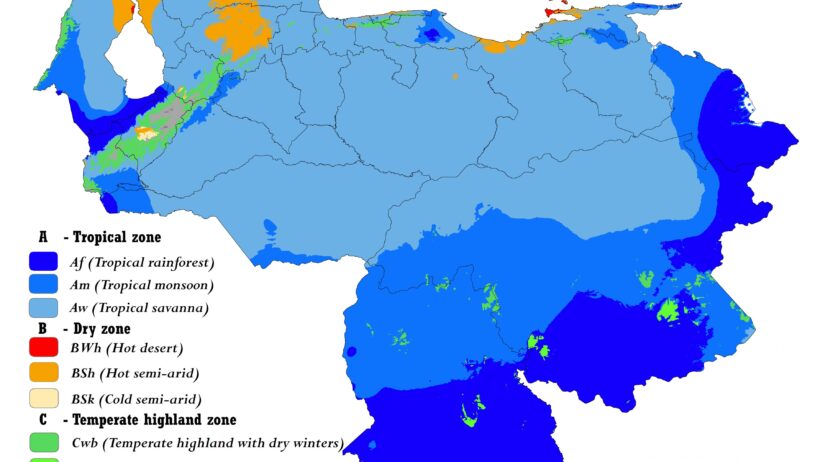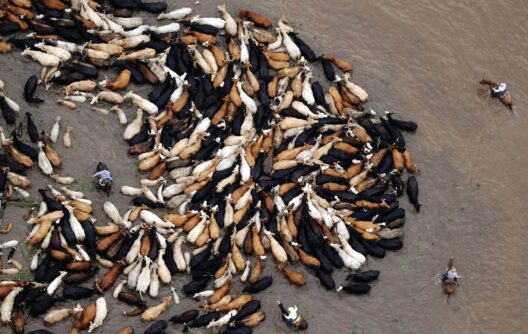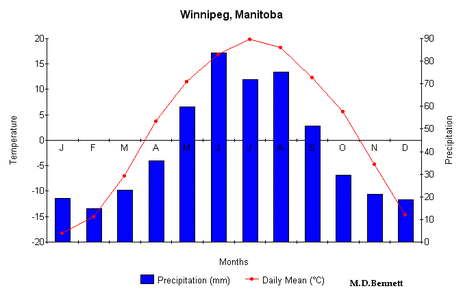The climate of Venezuela is a captivating tapestry woven from verdant tropical warmth and the cool breezes of majestic mountains. Often overlooked, this complex interplay of climatic zones invites intrigue. What if the very environment that supports vibrant ecosystems also presents a set of challenges? The spectrum of climate across the country merits a closer look, revealing not just a geographical wonder but also an intricate web of environmental concerns.
Venezuela is predominantly characterized by a tropical climate, which can be observed predominantly in the lowland regions. This area experiences higher temperatures, with averages often hovering between 25°C to 30°C (77°F to 86°F). These warm conditions are tempered by the dual influence of the sun’s intensity and altitude. However, the country is not monolithic in its climatic expression. Nestled within Venezuela’s borders are various microclimates attributable to its topographical diversity.
Moving from the coastal areas to the interior, there exists an interplay between elevation and humidity. While the coastal regions bask in tropical heat, the Andes mountain range introduces a cooler clime. Herein lies an intriguing paradox: how does one region foster tropical exuberance while another offers a respite from the sweltering warmth? The climatic contrast exemplified by these two niches reveals a remarkable characteristic of Venezuela’s geography—its altitudinal variance.
In Venezuela’s lush plains and lowlands, particularly in regions such as the Orinoco River basin and the Llanos, humidity levels can soar. The combination of heat and moisture creates an environment conducive to dense vegetation and vibrant fauna. This rich biodiversity is not merely an ecological phenomenon; it plays an essential role in the global carbon cycle. Tropical forests serve as vital carbon sinks, mitigating climate change impacts. However, can these fragile ecosystems withstand the burgeoning pressures of deforestation and industrial exploitation?
Conversely, at higher elevations in the Andes, the climate shifts dramatically. Here, temperatures can dip significantly, with averages ranging from 10°C to 20°C (50°F to 68°F). The cooler climate fosters a unique ecosystem, with distinct flora and fauna, further demonstrating the ecological variety across the nation. Yet, the highland areas are not immune to the impacts of climate change. Glaciers in the Andes are receding, and local water sources are becoming increasingly unreliable. What will happen to the communities that depend on these glacial waters? This is a matter for urgent contemplation.
The seasonal variations in Venezuela’s climate further complicate its environmental landscape. The country experiences two primary seasons: wet and dry. The wet season typically runs from May to November, marked by intense rainfall, particularly in coastal and lowland regions. This deluge is critical for replenishing aquifers and sustaining agricultural productivity. However, excessive rainfall can lead to flooding and landslides, posing significant risks to both human life and infrastructure.
In contrast, the dry season from December to April brings relatively minimal precipitation, leading to drought conditions that can starkly affect agricultural cycles. Farmers must deftly navigate these seasonal changes to ensure food security. For instance, the cultivation of crops such as cassava, maize, and rice requires a nuanced understanding of water availability. How can they adapt their farming practices in the face of changing climatic conditions?
Additionally, the coastal areas of Venezuela are subject to another climatic challenge: the effects of climate change characterized by rising sea levels and increased hurricane intensity. The Caribbean Sea, which hugs Venezuela’s northern shore, poses risks of coastal erosion and flooding, jeopardizing ecosystems and coastal communities alike. These are not distant concerns; they are ongoing realities for many who inhabit these vulnerable zones.
Climate change is not merely an abstract notion; it manifests as a tangible reality in the everyday lives of Venezuelans. The convergence of tropical warmth and mountain cool not only highlights the nation’s climatic diversity but also underscores its vulnerability to global climatic shifts. The call to action is clear: there is an urgent need for innovative strategies to mitigate these threats.
The engagement of local communities in sustainable agricultural practices becomes vital. Reforestation efforts must be intensified to combat deforestation. Policies promoting clean energy and reducing greenhouse gas emissions are paramount in addressing the challenges that threaten not just Venezuela, but our shared planet.
While Venezuela is rich in natural resources, such as oil and gas, it is not immune to the pitfalls of overexploitation. This dependency can lead to significant environmental degradation. The exploration of sustainable practices is essential for conserving the delicate balance that defines the nation’s climate. As temperatures rise and extreme weather events become more common, the question persists: can Venezuela navigate these challenges without compromising its rich natural heritage?
In conclusion, the climate of Venezuela presents a fascinating dichotomy of tropical warmth and mountainous coolness. It serves as both a haven for biodiversity and a battleground against climate change. The ecological richness of the region offers immense potential, yet it is accompanied by notable challenges. Engaging with these complexities presents an opportunity for progress, urging a collective response to environmental stewardship that resonates beyond borders. As the stakes rise, so too does the imperative for sustainable practices that respect nature’s balance and cater to the needs of all who inhabit this diverse land.







